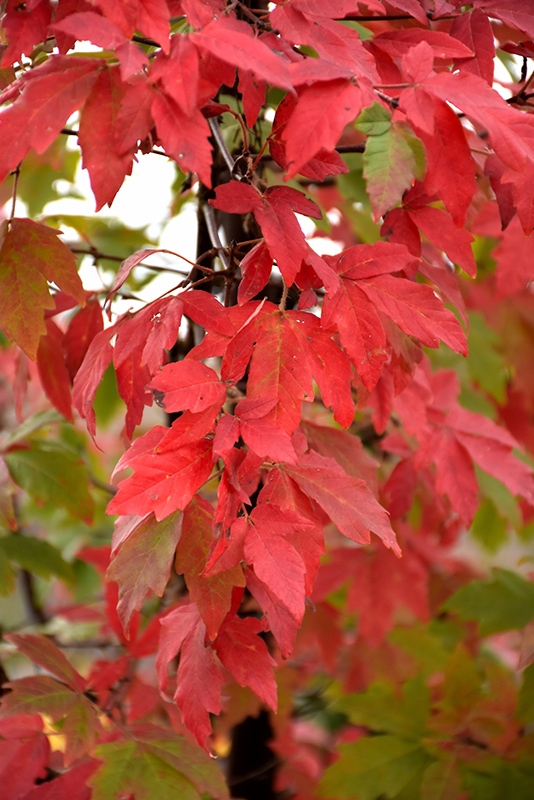

You will pay more for all Paperbark maples for the reasons mentioned, but they are typically worth it. Native to central China, this deciduous tree slowly grows up to 9 meters tall and 6 meters wide, with the trunks circumference reaching 28 cm. Cultivars are being developed, and those most noted in the trade are ‘Gingerbread’ and ‘Cinnamon Flake’. Description: The paperbark maple is one of the most beautiful of the maple family. They transplant fairly easily, but as always, don’t let them dry out. There is occasional dieback, most likely from a late frost or possible drought stress, but once established, they usually continue to perform very well. Interesting, though, it can grow to be a very large tree in its native habitat in China They are considered utility friendly trees because of their limited height. They are exceptional as accent trees on corners, or street locations with limited above and below ground space. However, in the right location, a clump form can be especially appealing. For street trees, you must specify branch height and specimen form. Most available Paperbark Maples are still grown from seedlings, and the variability in branch structure and form can be frustrating for the grower, as well as the buyer.
#Paperbark maple leves full#
They can grow in full sun, but are more than happy to be a little protected from the full brunt of sunlight and wind. Otherwise, they never reach close to their full potential. Paper is made from the leaves of the paperbark maple tree.

The paperbark maple tree's leaves are a brilliant green color and covered in a layer of soft, papery bark. It is native to Australia and New Zealand, but it is gaining popularity in North America. Although periodically used as a street and parking lot tree, they must have well draining soils to prosper in these tough locations. Finally, one of the most beautiful trees on the planet is the paperbark maple. It is very slow growing, and most seem to have their own unique form. Fall color can be from bronze to russet red to bright red, especially if you get a hybrid. This is a perfect small tree with incredibly interesting coppery, curling, and flaking bark, and small trifoliate (3 part) leaves. The good news is that while this disease causes blotchy brown spots to pop up on the tree’s leaves, it doesn’t impact the. This fungal disease gets its name from the fact that the dark brown spots resemble tar. Acer griseum (paperbark maple) is a slow-growing, spreading tree with dark red or chestnut bark, which flakes and peels back to reveal new, smooth, orange-red bark beneath. Paperbark Maple seems to be on everyone’s favorite list for small interesting trees. Brown spots appearing on maple tree leaves or on the leaves of box elder trees are typically caused by something known as tar spot.


 0 kommentar(er)
0 kommentar(er)
